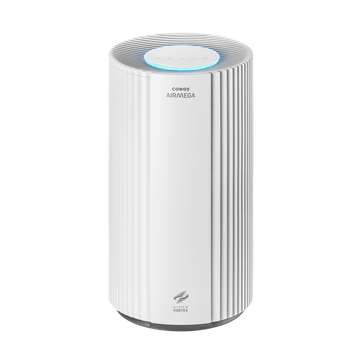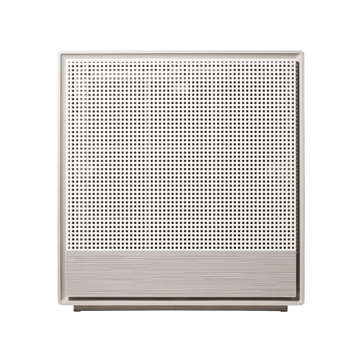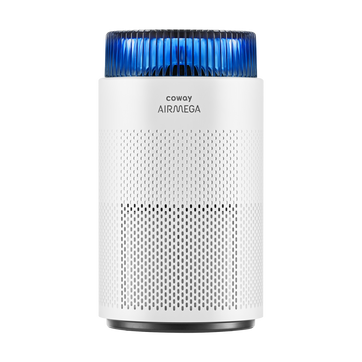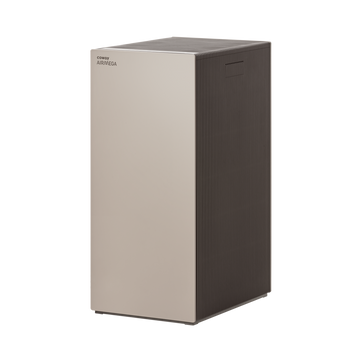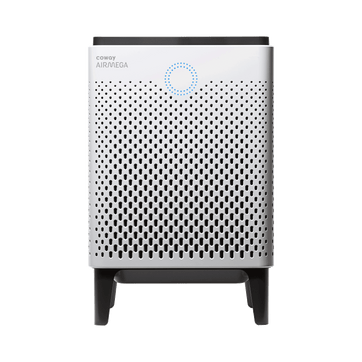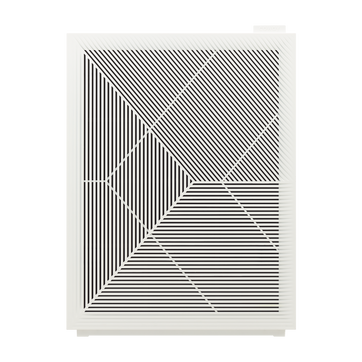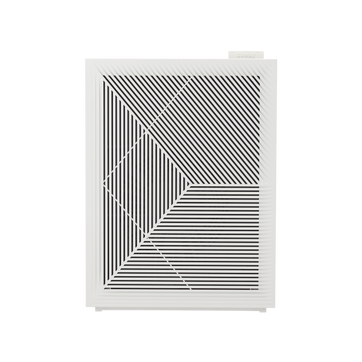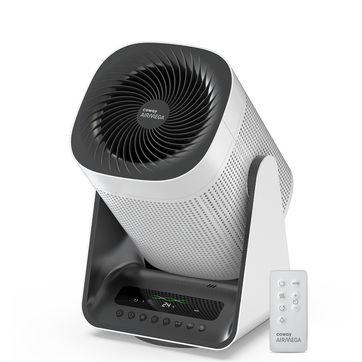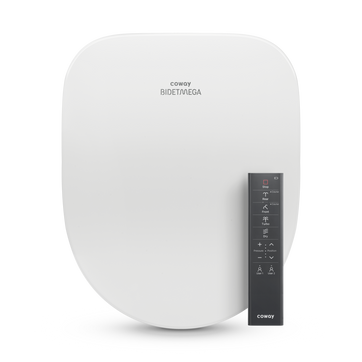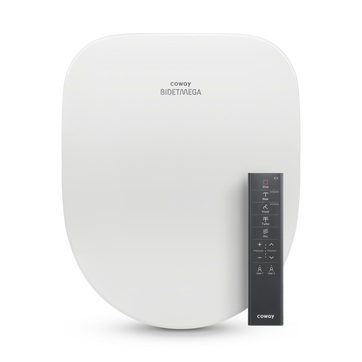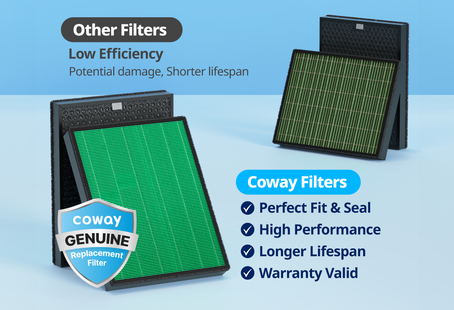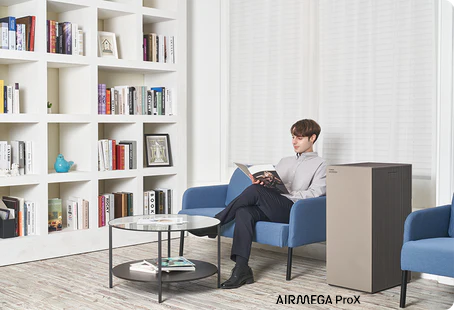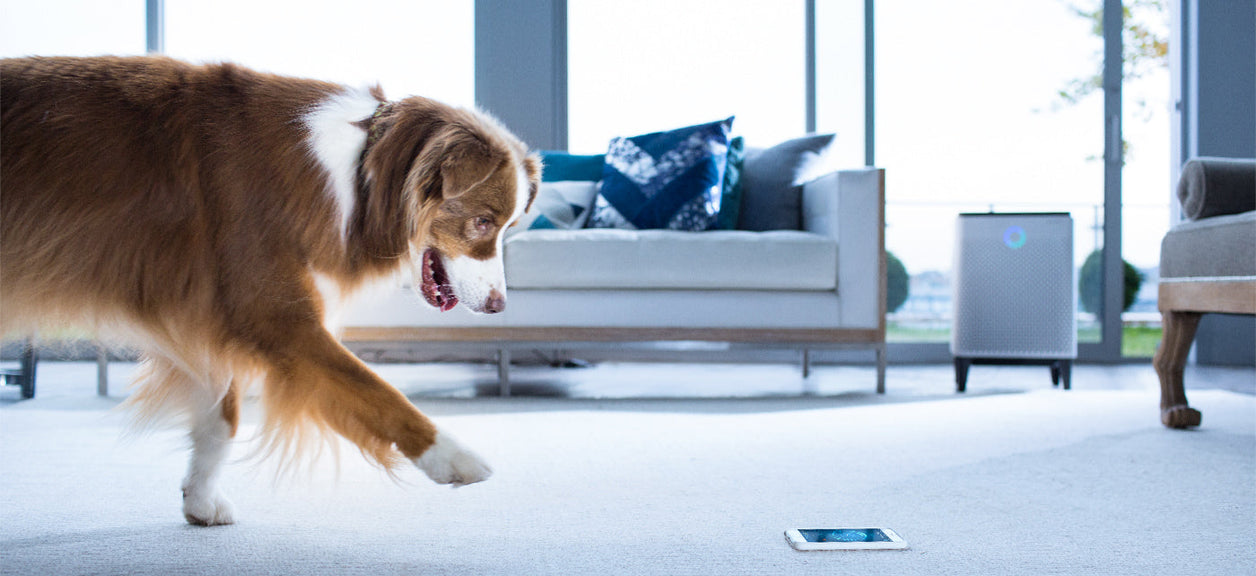
Fresh air is for everyone, outside and in
Let’s play a quick game of word association: If we were to say, “air purifier,” what words immediately spring to mind? The likely responses are things like “HEPA,” “humidifier,” “allergies,” and “asthma.” Notice a theme? Overall, we tend to think of air purifiers as clinical devices, brought in to alleviate sickness or discomfort. On rarer occasion, we might imagine hulking appliances filtering contaminated air in labs, factories, and hospitals.
One can easily assume that the average, healthy, youthful person doesn’t need to worry about filtering their air. Pollution is something that happens outside. Cars, trucks, factories, ozone, and other pollutants are all out there. Our homes are a safe place. Right? Not exactly.
Indoor air is much dirtier than conventional wisdom might imply. The Environmental Protection Agency estimates that indoor air is anywhere from two to five times as polluted as outdoor air, and the World Health Organization says some 4.3 million people die due to household pollution each year.

In fact, there are more sources of pollution indoors: Outdoor pollutants, like pollen and ozone, come in through open windows; burning candles, cooking, smoking, and other daily activities release particulate matter; and chemicals and manufactured materials, such as plywood and carpet, release potentially dangerous compounds. All that’s before the contaminants that we already know might be there, such as dust, pet dander, carbon monoxide, and lead.
Truth is, even those average, healthy, youthful people can be affected by impure air. While health risks are higher for those with pre-existing conditions like asthma or emphysema (asthma rates in the U.S. are on the rise, by the way), prolonged exposure to airborne contaminants can trigger or contribute to a host of other conditions, as well. Beyond ear, nose, and throat irritation, pollutants can lead to breathing difficulties, a weakened immune system, reduced alertness, and an increased risk of heart disease.

Sometimes the effects are so minor, they can even go unnoticed. Research has shown air quality to have a direct impact on the how we exercise, our ability to concentrate, and how well we sleep.
Now more than ever, people are paying close attention to how they treat their bodies. Clean eating, regular exercise, and the composition of everything from shampoo to household cleaners are big concerns for the health conscious. “You are what you eat,” the old adage goes, but now “you are what you eat, do, and touch.” Clean air is the missing piece of the puzzle: On a given day, we take in more air than any other substance (nearly 3,000 gallons’ worth, in fact). You are what you breathe.

There are plenty of tactics we can use to improve the quality of our air. Venting cooking gases and using fans and HVAC systems to keep air exchanging and circulating can help. But the most practical, and powerful, solution is an air purifier, the burliest of which can clear the air of more than 99 percent of pollutants.
Trouble is, the popular assumptions about purifiers are not entirely unfounded. By and large, the devices, which need to be placed centrally in order to do their best work, evoke mini fridges more than end tables or high-end speakers one would be proud to put on display. Models that make a real difference are typically drab, industrial, loud, and unintuitive to use.
Design-conscious purifiers do exist, but lack the filtration capabilities of more-heavy-duty models. As the market for the devices continues to grow—by some estimates spiking up to 10 percent with each passing year—a balance of performance and design is becoming essential.
Enter Airmega, the smartest, sleekest, quietest, air purifier to date. Building off Coway’s nearly 30 years of experience and R&D, Airmega delivers best-in-class Green True HEPA air filtration in a compact package and includes real-time air monitoring and smartphone integration, so keeping the air clean will never be a chore. And, thanks to a modern design and compact footprint, Airmega homes will be as beautiful as they are healthy.
It’s finally time to breathe deeper.
Learn more about how Airmega is changing the way we breathe, and stay up to date on the latest news by signing up for our newsletter.
Disclaimers
1Coway air purifiers has been proven to trap dust, pollen, dander, viruses and bacteria in the air based on KCL (Korea Conformity Laboratories) testing.They have been tested in a 30㎥ size chamber according to the Korea Air Cleaning Association standard (SPS-KACA 002-132:2022 Modified) to measure the 0.01㎛ size of particle removal rate. It was tested on maximum airflow speed in normal room temperature and humidity conditions. The performance may vary in the actual living environment of customers.
→ Tested with Airmega Aim, 150, 160, AP-1216L, AP-1512HH, AP-1512HHS, 200M, Icon, IconS, 230, 240, 250, 250 Art, 250S, 300, 300S, 400, 400S, ProX
299.97% of viruses, bacteria, fungi and pollen were verified to be removed from the air for Coway air purifiers which have Green True HEPA™ filter applied based on the Japan Food Research Laboratories(JFRL) testing according to JEM 1467 standard.
→ Tested with Coway Airmega AP-1512HH, AP-1512HHS, 250, 250 Art, 250S, 300, 300S, 400, 400S
→ All tested by JFRL and received above result within below time.
All tested by JFRL and received above result within below time.
- Virus: Tested with Escherichia coli phage ΦX174 NBRC 103405, 60 minutes
- Bacteria: Tested with Staphylococcus epidermidis NBRC 12993, 60 minutes
- Fungi/Mold: Tested with Penicillium citrinum NBRC 6352, 60 minutes
- Pollen: Tested with Cedar Pollen extract, 60 minutes
3Aerosol test conducted in a Biosafety level 3 laboratory with two Coway air purifier models, Coway Airmega 250 and 400 for removal of SARS-CoV-2 Aerosol by US based MRI Global, a not-for-profit laboratory and partner of US Department of Defense. The test was conducted in a 13.1ft3 chamber. Virus was aerosolized for 15 minutes and the product was turned on high for 2 minutes. Result showed each product effectively removed over 99.98% of the SARS-CoV-2 in 2 minutes. This is a result from a laboratory experiment condition and result may vary in different conditions. This result does not imply it kills SARS-CoV-2 or prevents the transmission of Covid-19. Coway Airmega 250S and 400S are identical to the tested models and has equal performance with an additional mobile connectivity function.
4The concentration of ammonia, acetaldehyde and acetic acid were proven to be removed within 30 minutes by FCG Research Institute, Inc. Human Life Science Lab. It is not a demonstration result in the actual use space. Not all odors and gases may be supported. → Tested with Coway Airmega 150, 160, AP-1512HH, AP-1512HHS, 400, 400S
5The coverage area of the air purifier is based on an area where the air cleaner can make two air changes per hour (ACPH). An air change per hour translates to how many times an air purifier can clean an area, assuming the height of a ceiling to be 8 ft, in one hour. Therefore ** means two air changes per hour means that the cleaner can clean the area once every 30 minutes and * means air changes per hour means that the air purifier can clean the area once every 60 minutes.
10Terms and conditions apply. Discounts, including promotions, coupons, bundle discount and subscription discount, cannot be stacked on top of other coupons. During promotional periods, discount codes will not be able to be applied to orders. Promo codes may apply to products only—filters, accessories, and new products within 3 months of the release date are not included.
